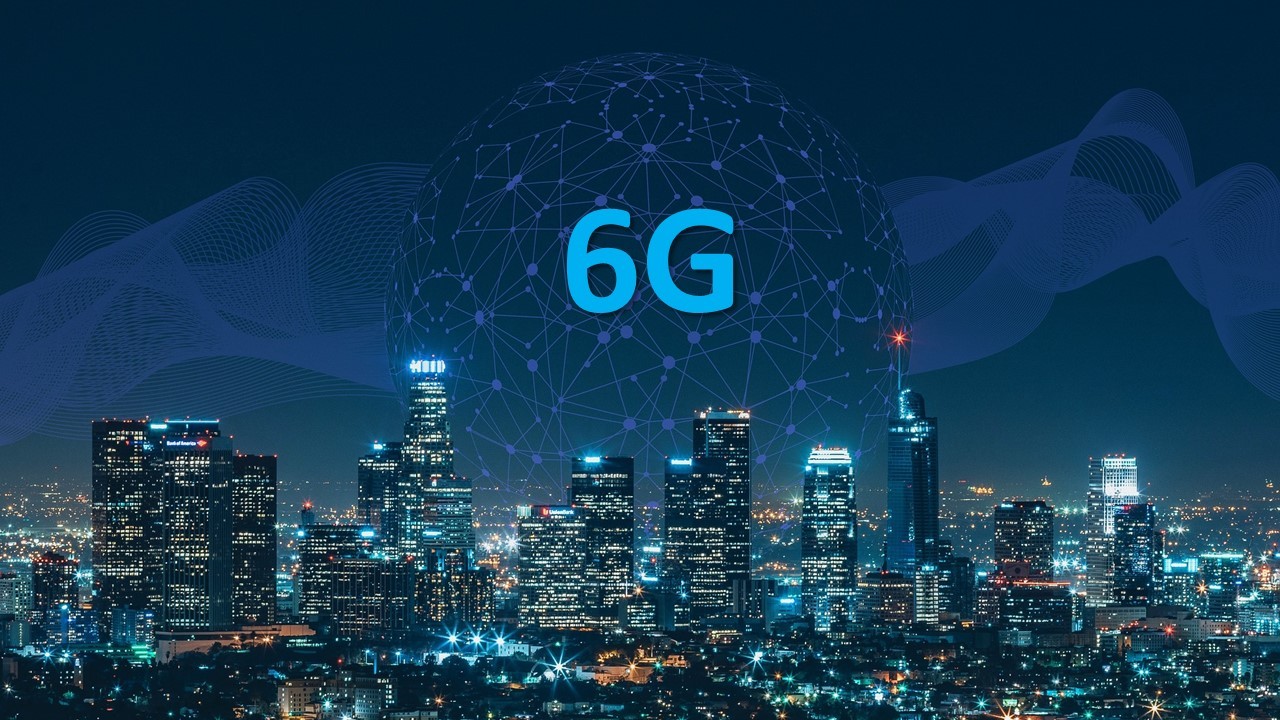6G refers to the sixth generation of wireless technology, which is the successor to the current 5G networks. While 5G is still in the process of being deployed worldwide, researchers and industry experts are already looking ahead to the potential capabilities and features of 6G.
Although specific standards and specifications for 6G have not been fully defined, there are several key areas of focus and anticipated advancements for this next generation of wireless technology. Some of the potential features and characteristics of 6G include:
- Faster speeds: 6G aims to provide even faster data transfer rates compared to 5G. It is expected to offer download and upload speeds measured in terabits per second (Tbps), allowing for near-instantaneous communication and seamless connectivity.
- Ultra-low latency: 6G is expected to significantly reduce latency, the time it takes for data to travel between devices. This will enable real-time applications and services that require instantaneous responses, such as autonomous vehicles, remote surgery, and immersive virtual reality experiences.
- Massive device connectivity: 6G is envisioned to support a massive increase in the number of connected devices simultaneously. This will be crucial for the Internet of Things (IoT) applications, where a vast number of devices, sensors, and machines will need to communicate and exchange data seamlessly.
- Enhanced energy efficiency: 6G aims to optimize energy consumption and improve the efficiency of wireless networks. This will help minimize the environmental impact and enable longer battery life for connected devices.
- Advanced network intelligence: 6G is expected to leverage artificial intelligence (AI) and machine learning (ML) techniques to enhance network intelligence and optimization. This includes dynamic network resource allocation, intelligent traffic management, and predictive analytics for better network performance and user experience.
- Expanded coverage and connectivity: 6G plans to extend wireless coverage to remote areas and remote environments, such as underwater or in space. This will enable global connectivity and support emerging applications in various industries.
It’s important to note that 6G is still in the early stages of research and development, and it will likely be several years before it becomes commercially available. The exact timeline and specific features of 6G will continue to evolve as technology advances and industry standards are established.
